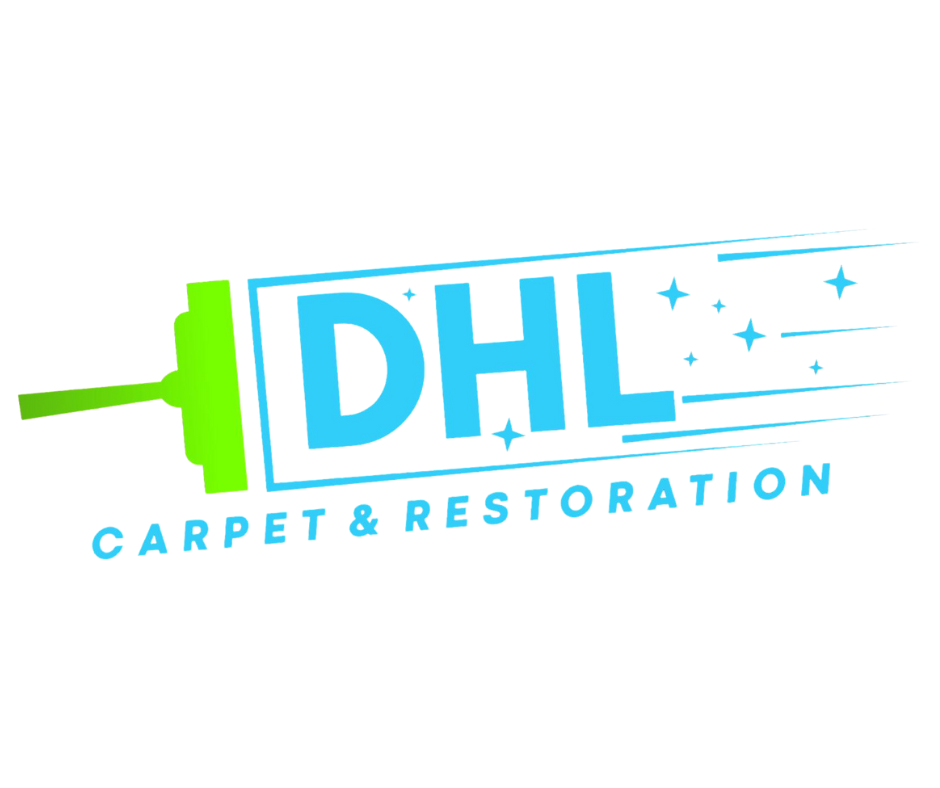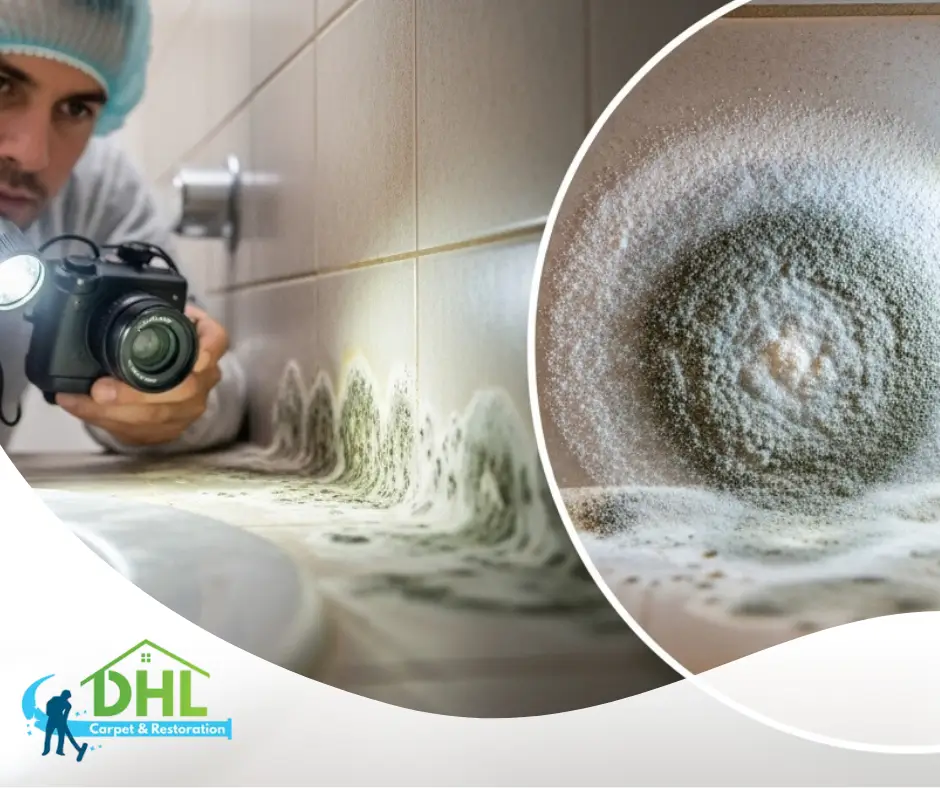When it comes to creating a safe and healthy home, mold inspection is often overlooked. However, mold can be a silent invader, growing in hidden areas and causing serious health problems over time. That’s why a mold inspection is more than just a precaution — it’s the first step to safeguarding your living space and your family’s well-being.
Understanding Mold Inspection
A mold inspection is a professional assessment of your home to identify any signs of mold growth, moisture issues, and potential problem areas. Mold can develop wherever there is excess moisture, from leaky roofs to damp basements. Left unchecked, it can damage your home’s structure and impact your indoor air quality.
During a typical mold inspection, a trained specialist will look for:
- Visible signs of mold on walls, ceilings, and floors.
- Musty odors, which often indicate hidden mold.
- Moisture sources, such as leaks or poor ventilation.
- Areas with high humidity or water damage.
This careful process helps homeowners understand the extent of the problem and what steps to take next.
The Role of Mold Visual Inspection
One of the key components of a comprehensive mold inspection is the mold visual inspection. This involves a detailed, room-by-room examination to spot any visible signs of mold and moisture problems.
During a mold visual inspection, the professional will:
- Use specialized lighting and tools to check hidden or hard-to-reach spots.
- Identify any discoloration, peeling paint, or warped surfaces.
- Document findings to determine if further testing or remediation is needed.
While a mold visual inspection doesn’t involve lab testing, it’s a crucial step in catching mold before it becomes a bigger issue.
Why Mold Inspection Matters for Your Health
Mold isn’t just an eyesore — it can trigger allergies, asthma attacks, and other respiratory issues. For families with young children, seniors, or anyone with compromised immunity, these health risks are even greater.
That’s why a mold inspection is the first step to a healthy home. By identifying mold early, you can take action to remove it safely and prevent future growth.
Next Steps After a Mold Inspection
If the mold inspection or mold visual inspection reveals mold, it’s important to act quickly. Professional mold remediation is typically the next step, involving thorough removal and treatment of affected areas. Additionally, fixing the underlying moisture issue—such as repairing leaks or improving ventilation—will prevent mold from returning.
Even if no mold is found, a thorough inspection can still uncover hidden problems like water damage or high humidity levels. Addressing these early can save you time, money, and stress in the long run.
How to Choose the Right Mold Inspection Service
Not all mold inspection companies are created equal. Here are a few tips to ensure you’re working with a reliable professional:
- Look for certifications and experience in mold detection and assessment.
- Check reviews or ask for references to see how they’ve helped other homeowners.
- Ask about their inspection process and any tools they use, like moisture meters or infrared cameras.
Choosing a trusted professional means peace of mind and confidence in your home’s safety.
Conclusion: Don’t Wait to Inspect Your Home
Ultimately, a mold inspection is the foundation of a healthy home. By taking this first step, you’re investing in your family’s comfort and well-being, as well as the long-term integrity of your home.
If you’re worried about mold or have noticed warning signs like musty odors or water damage, don’t wait. Schedule a professional mold inspection today and breathe easier knowing your home is safe and secure.
READ MORE:

